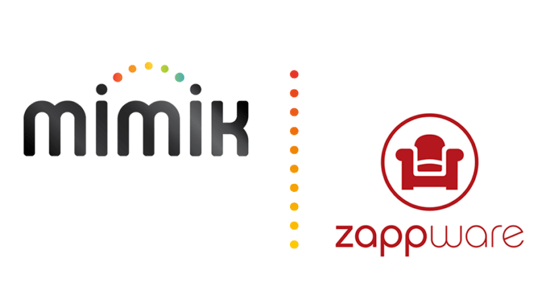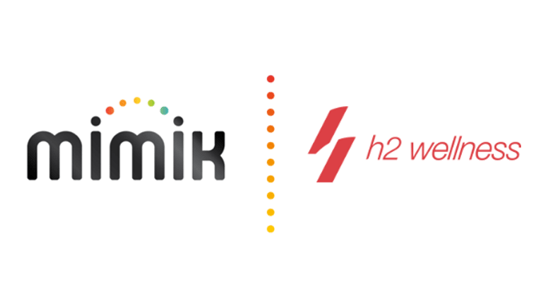The Covid-19 pandemic has fundamentally changed how we live. As we get used to our new lifestyles, it has become clear that we’re vulnerable, and it’s very likely this won’t be our last health crisis — future global outbreaks are inevitable. So, what have we learned from the current crisis to better prepare us for the next outbreak?
We have learned that stopping future outbreaks before they spiral out of control requires rigorous contact tracing. Contact tracing is the key to implementing intelligent social distancing, getting employees back to work safely, accelerating the recovery of our economy and, ultimately, stopping the virus in its tracks by preventing viral transmission. Thankfully, with recent advances in technology, we can build sophisticated contact tracing apps to inform people if they have been in close contact with someone who has been exposed to a virus.
Sounds Simple, Right?
Unfortunately, it is not that simple. First, we have to convince the vast majority of citizens to download an app that, by definition, will require access to their complete location history. As noted by the United States Center for Disease Control (CDC) in its field epidemiology manual, “Many times, persons most affected by a disease outbreak or health threat perceive the risk differently from the experts who mitigate or prevent the risk.” While some countries resorted to force to ensure compliance, China leveraged Alibaba’s Alipay platform to launch its health code app, which instructs users on whether they can leave home or use public transport.
Of course, this sort of government overreach is unthinkable in most democracies. Building sufficient trust in contact tracing apps requires addressing underlying fears that citizens have regarding a third-party entity accessing, harvesting, sharing or selling the data and possibly using it for their own nefarious purposes. We must be able to reassure citizens that contact tracing apps will keep their data private and safe, and that no entity will be able to access their location history except for citizens themselves.
The Three A’s Of Effective Contact Tracing Apps
1. Adoption
An app — no matter how brilliant — is useless if people refuse to use it. Most importantly, to be effective, a contact tracing app ideally needs to be adopted by more than 60% to 70% of the population.
The first challenge is to make sure that the vast majority of people have access to and can download and properly use the app. This requires effective informational and educational campaigns. We also know that adoption will suffer if people’s fundamental concerns about the abuse of privacy are not addressed. To overcome this resistance, a successful app must eliminate any third-party access (including government entities’ access) to personal data. Users must be confident that their data will remain protected while the app performs its key functions of tracking and tracing contacts.
2. Anonymity
Some contact tracing apps preserve anonymity only until a positive case is identified. Once the user tests positive, the central authority might access the user’s entire contact log, thus violating the privacy rights of everyone else who was in close contact with that user.
To avoid this, the contact tracing app should be capable of verifying and validating the positive test ID and anonymously sending alerts from the infected user’s device to other users who were in close contact, ensuring that no third parties can access that log, hence preserving their anonymity. Users must be confident that the app does not report the location of users to third parties and does not retain their personal information.
3. Adaptability
The third aspect is to have a sustainable solution. Contact tracing is just one feature, and the solution needs to adapt to meet ongoing requirements and offer new services as we learn about the disease and its impact on the population.
Current contact tracing apps miss the mark in a number of ways, including adding Covid-19-specific features into device operating systems and requiring users to register with a central health authority even if they are registered with different health authorities.These are all red flags for users, raising concerns that once functions get implanted in our smartphones, they’ll stay long after the pandemic ends, violating their privacy rights.
Users must be confident that any exposure to privacy risks is limited to the duration of the crisis and that the system is adaptable and can automatically restore its original state and eliminate any privacy risks. Therefore, the app should adapt to and easily integrate with other systems to drive adoption and measure patient outcome, side effects of drugs patients are taking and the recurrence of the disease, all while patients’ data remains in control of the user.
Only an app that uses this triple-A approach has the potential for the widespread adoption needed for contact tracing to effectively and pragmatically manage current and future outbreaks.
Doing Good By Being Good
To respond effectively to this global crisis, we must place ethics at the forefront of everything we do and prioritize the best interests of the population. Now more than ever, we must be vigilant about the efficacy of the technology solutions we develop and use them to fight this crisis without compromising our democratic values and principles.
Forbes Technology Council is an invitation-only community for world-class CIOs, CTOs and technology executives. Do I qualify?



